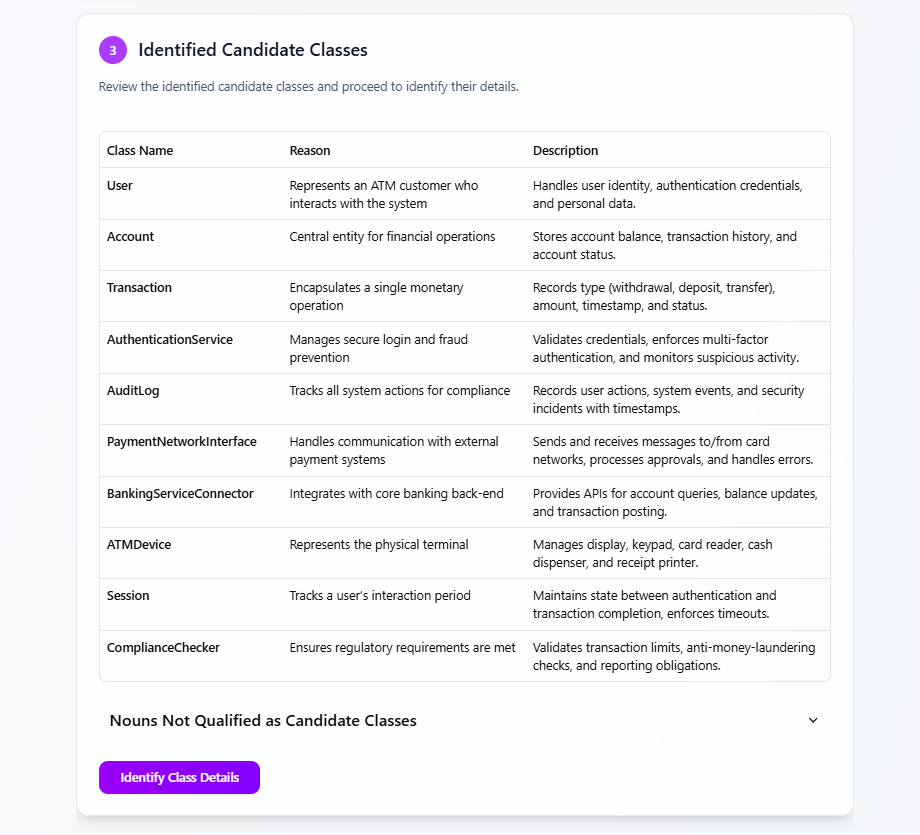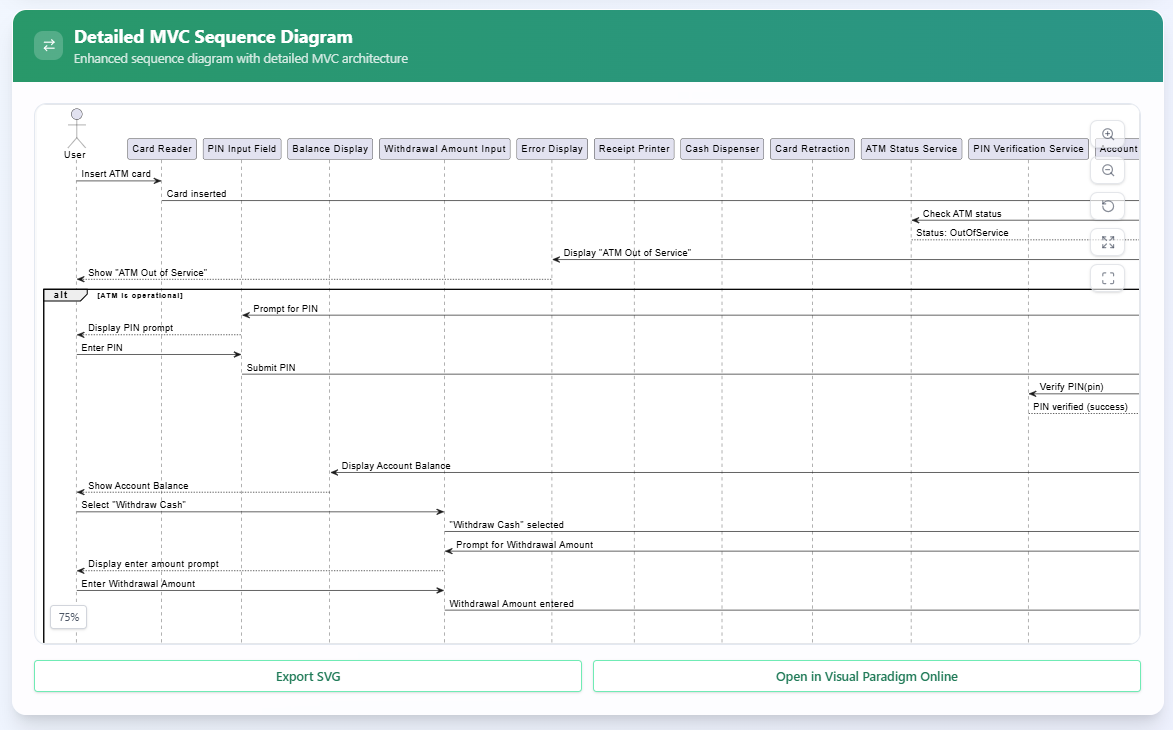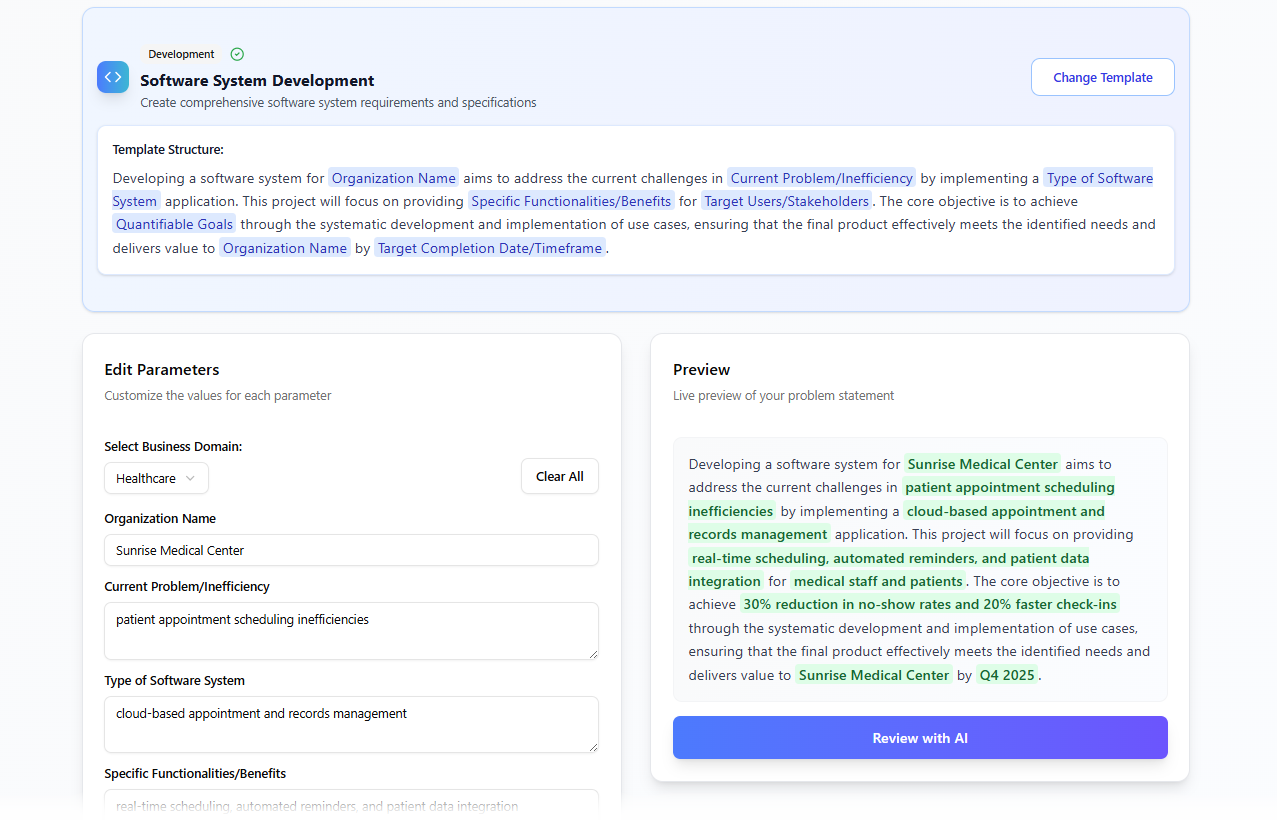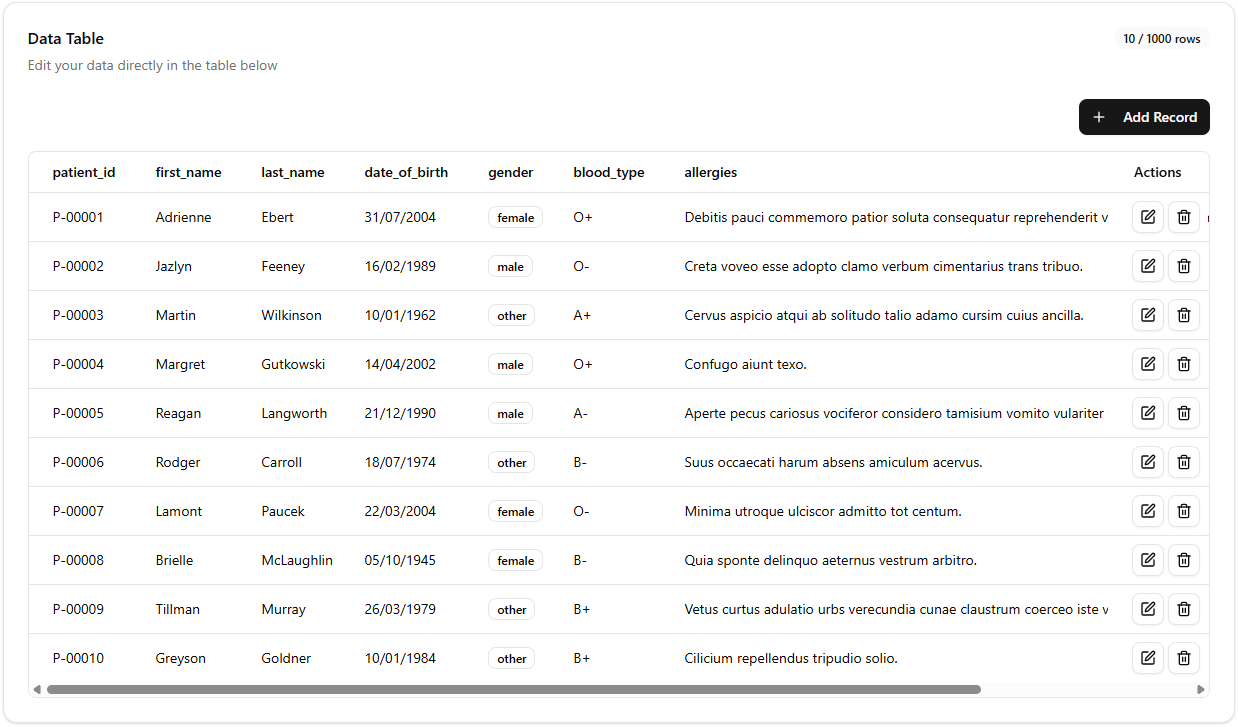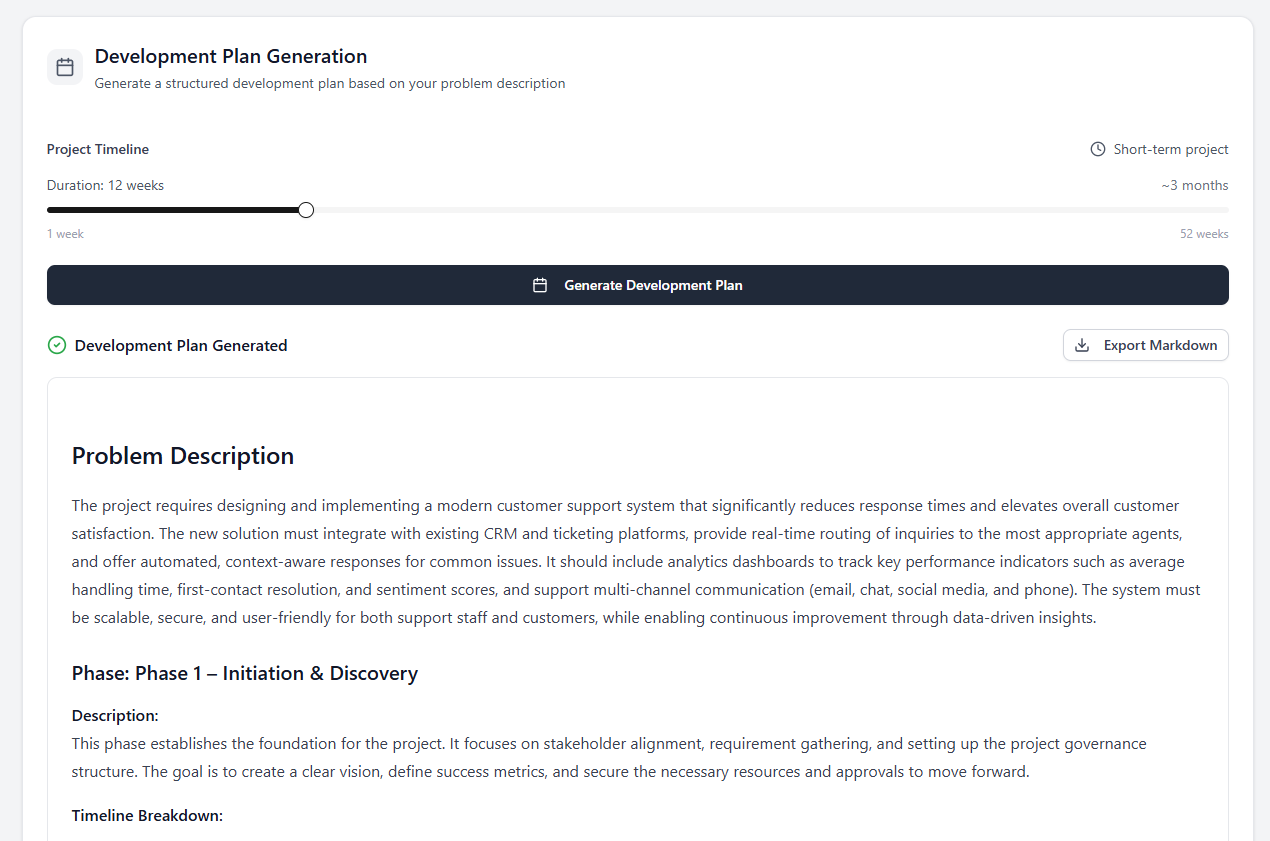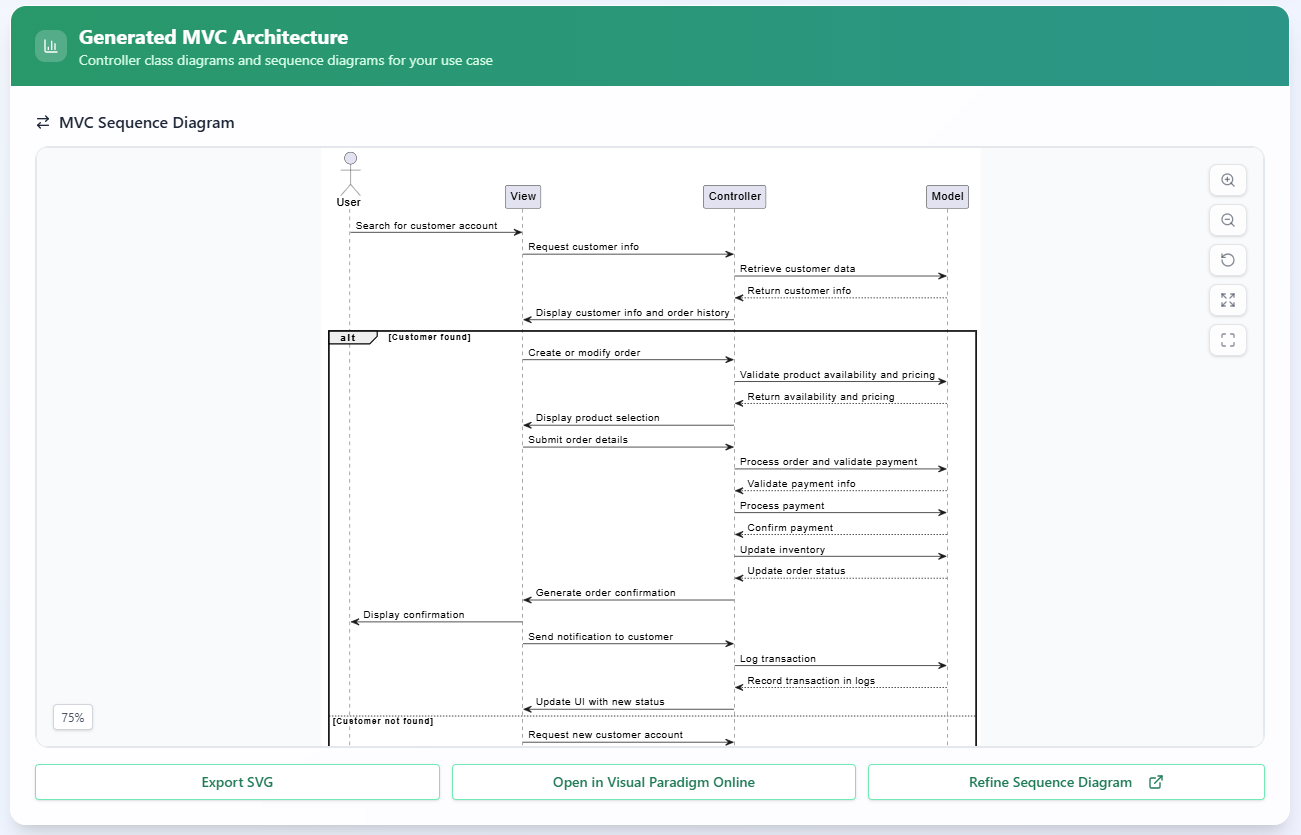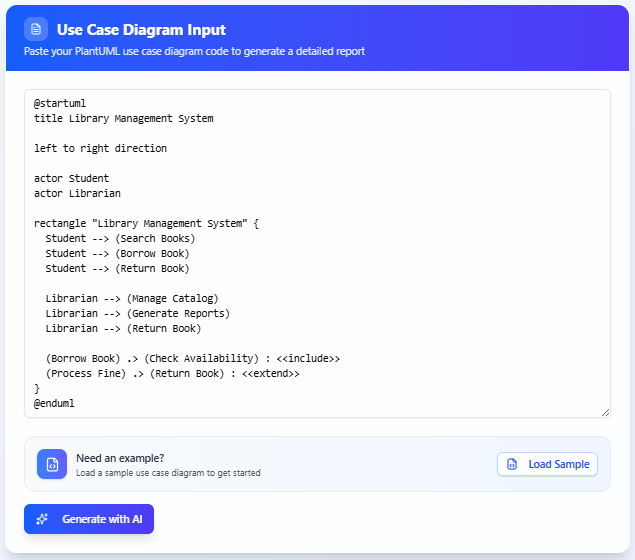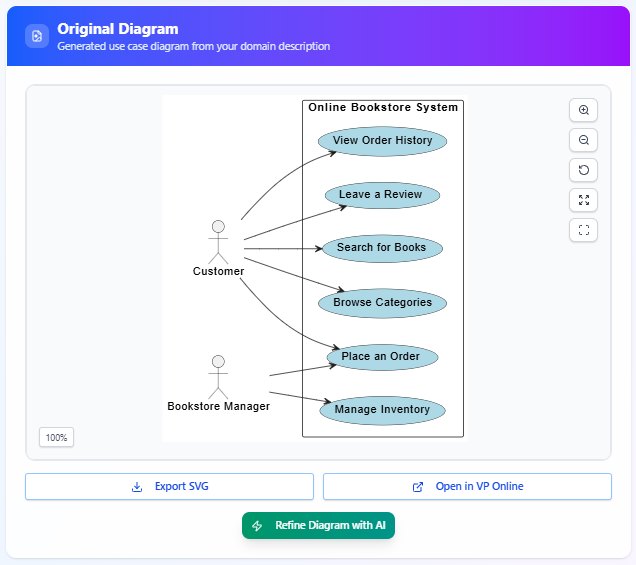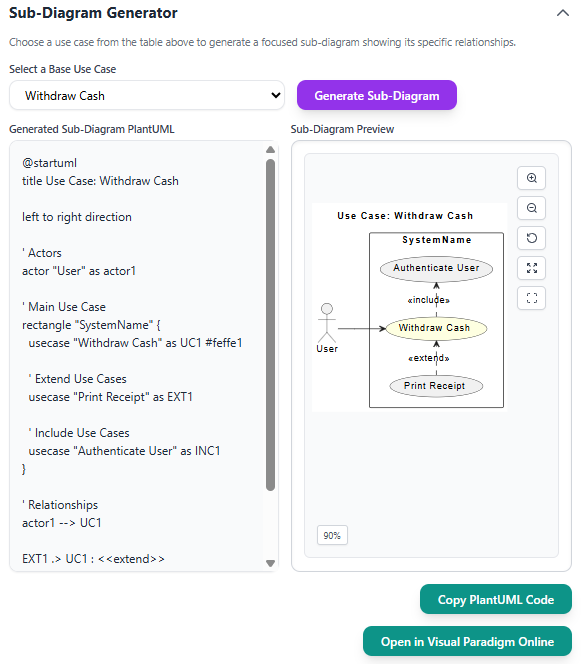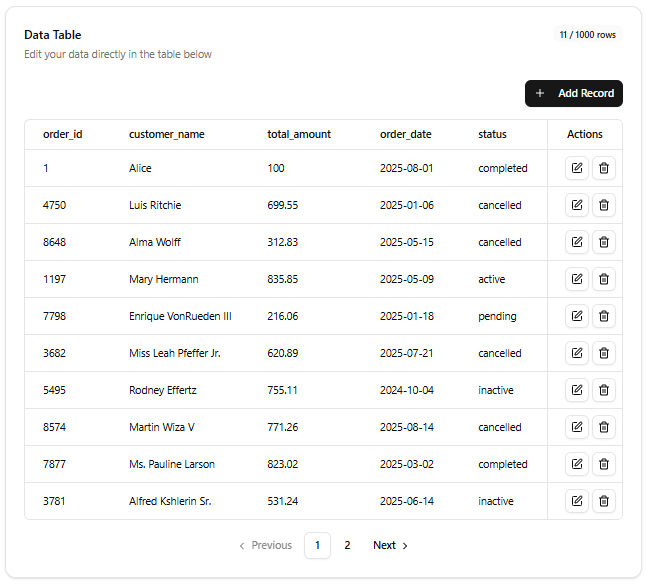AI-Powered Textual Analysis: From Problem Description to Class Diagram
Ever found yourself staring at a complex project description, wondering where to even begin with your system design? Translating written requirements into a structured, visual model is a foundational step in software development, but it's often a painstaking and manual process. With Visual Paradigm's latest innovation, we're changing the game by leveraging the power of AI to streamline this crucial phase, solidifying our position as the leading AI-Powered Modeling Software. What is the AI-Enabled Textual Analysis Tool? The AI-Enabled Textual Analysis Tool is a smart app designed to automatically identify and model the…continue reading →

